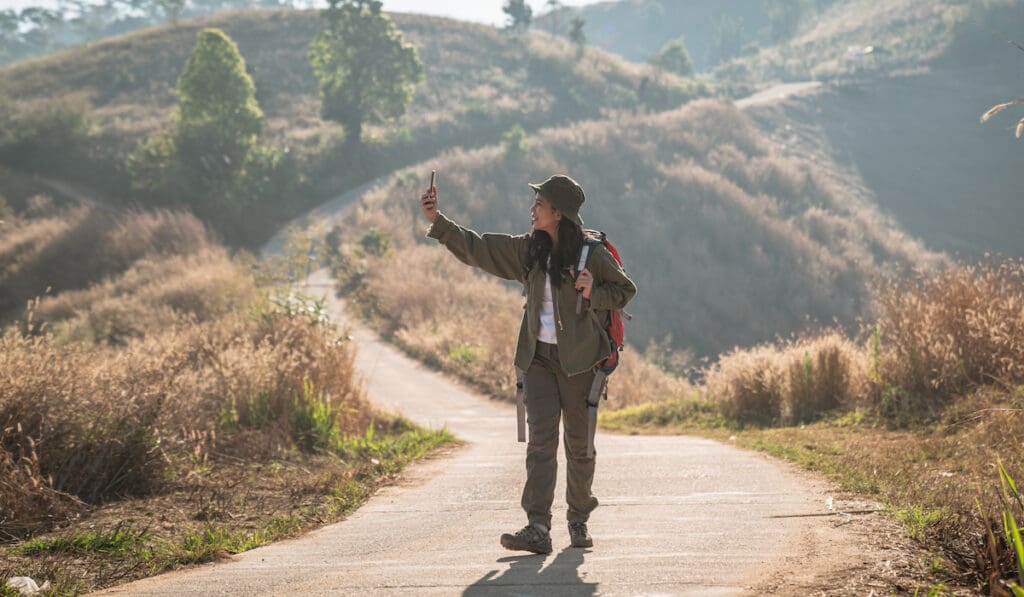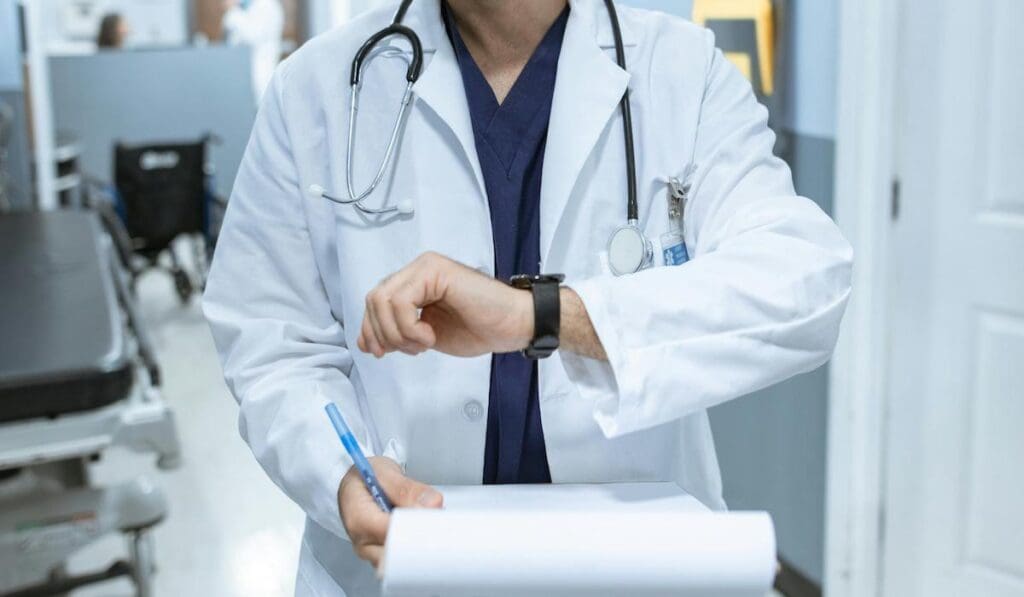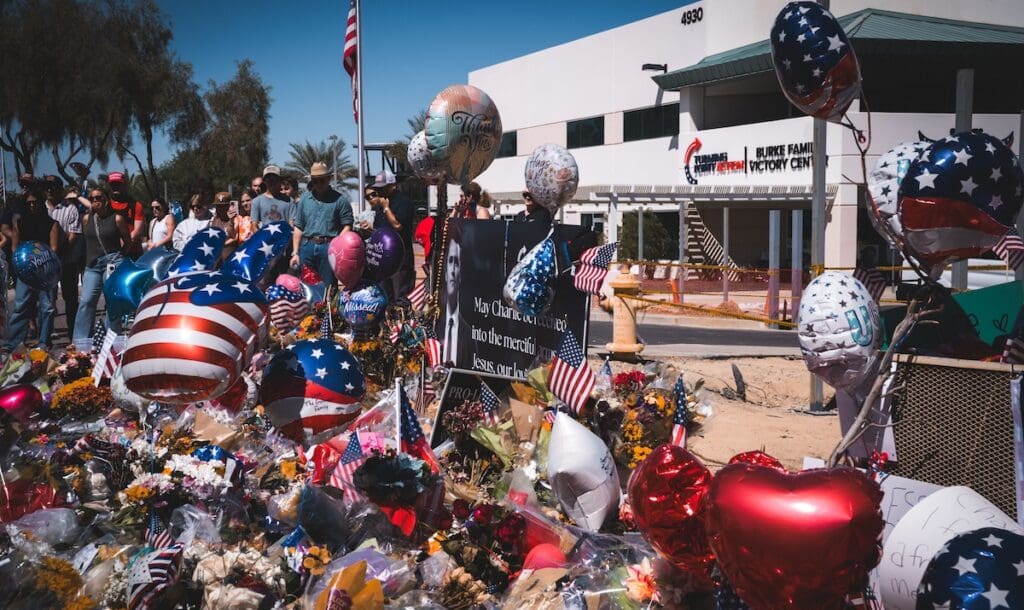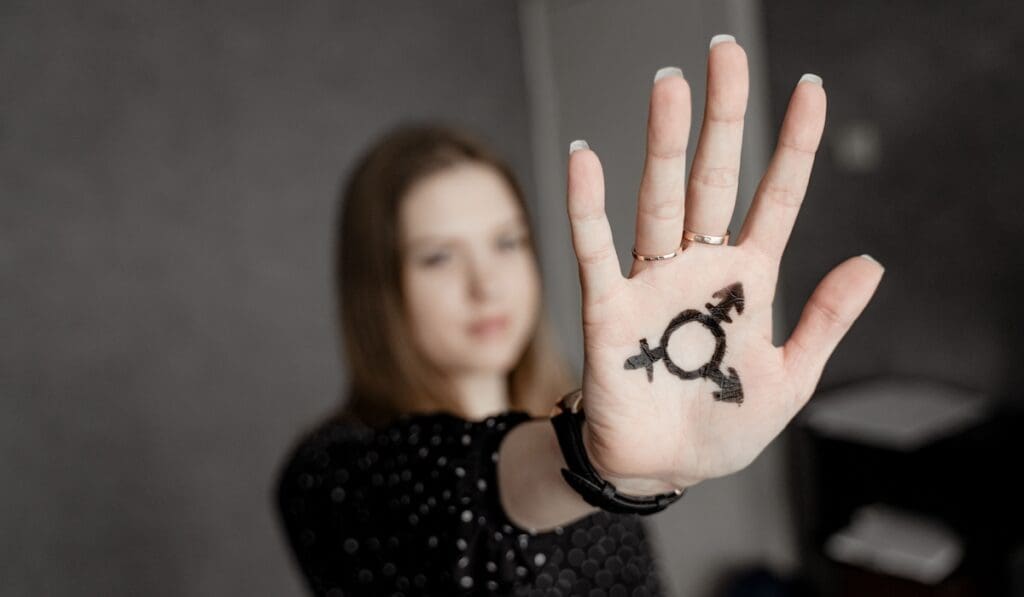The Point of Medicine
A FORUM OF CHRISTIAN MEDICAL & DENTAL ASSOCIATIONS®
Human Trafficking is Still a Horrendous Problem
October 7, 2025
With the media focusing primarily on the sweeping changes brought about by the Trump administration, it is easy to lose sight of underlying social evils such as human trafficking. Unfortunately, the COVID pandemic and the increasing proliferation of social media both contributed to an increase in the prevalence of human trafficking.

With the media focusing primarily on the sweeping changes brought about by the Trump administration, it is easy to lose sight of underlying social evils such as human trafficking. Unfortunately, the COVID pandemic and the increasing proliferation of social media both contributed to an increase in the prevalence of human trafficking.
In its 2024 Global Report on Trafficking in Persons, the United Nations Office on Drugs and Crime (UNODC) noted a 25 percent increase in detected trafficking cases in 2022 compared to pre-pandemic levels in 2019. The most reliable statistics on human trafficking come from the report issued by the International Labor Organization (ILO) and the Walk Free Foundation. Their most recent report from 2022 indicates 50 million people worldwide were living in modern slavery in 2021, up from 40 million in 2016. In total, 22 million were in forced labor, which includes sexual exploitation, and 22 million were in forced marriages.
Here in the United States, the State Department’s 2024 Trafficking in Persons Report reveals a significant rise in online commercial sexual exploitation and sex trafficking coming out of the pandemic. With a large percentage of individuals, including purchasers of online sex, spending increased time online at home, the sexual exploitation of individuals, including minors, using digital tools, increased dramatically. This enabled traffickers to refine and advance their digital technologies to further hide their activities.
Healthcare professionals remain in a critical position to identify and assist these victims for the simple reason that medicine is the one sector of society in which these victims interact while they are still within the trafficking scenario. A 2014 study of victims of domestic sex trafficking found that almost 88 percent of the victims reported some contact with a healthcare professional while they were being trafficked. Unfortunately, a survey of pediatric residents revealed that fewer than 20 percent of the residents knew what to do if they encountered a victim.
This reveals two critical needs within the healthcare profession if it is going to significantly impact the identification and rescue of human trafficking victims: education and protocol development. CMDA has been on the frontlines of both these efforts. CMDA was the first healthcare organization to create an online educational curriculum specifically focused on identifying victims of human trafficking that qualified for continuing education credit. Since that initial milestone, the curriculum has been greatly expanded through the work of the CMDA Commission on Human Trafficking to include 12 modules that qualify for continuing medical and dental education credits. This curriculum is available at no cost to all CMDA members.
One of those modules addresses the second need, protocol development. Any healthcare entity must have a response protocol in place to be fully prepared to identify and safely respond to a patient who may be a victim of trafficking. Protocol development takes between three and six months and should involve all departments of that healthcare entity. An online resource I helped develop can be found here on the Heal Trafficking website.
A comprehensive response protocol will include indicators of the most common form of human trafficking in that healthcare setting, procedures for separating the patient from any accompanying person, who should conduct the interview and how to proceed if initial indications confirm that the patient is likely a victim of trafficking. Most importantly, advanced preparation decreases the likelihood of the patient suffering harm due to any intervention.
Practicing conscientious healthcare professionals, especially those who evaluate patients in settings where they are likely to encounter victims of human trafficking, such as emergency rooms, urgent care centers and primary care clinics serving indigent populations, owe it to their patients to become educated on how to identify victims of trafficking as well as going through the process of response protocol development. For Christian healthcare professionals, these steps serve as a tangible form of ministry.
Significant progress in rescuing the thousands of victims of human trafficking here in the United States and around the world will only be made through the extensive engagement of the healthcare system. Are you willing to be part of that engagement? If so, CMDA has provided the means to become educated on the issue and equipped to develop a response protocol at your healthcare institution.
What's The Point?
- What are the root causes for human trafficking? What particulars of our sin nature allow this to happen?
- Have you encountered someone being trafficked? Please share your story about how you identified the person and the steps you took to help.
- If our digital devices (cell phones, etc.) enable human trafficking, what steps should we (families, government, medical facilities, churches) take to regulate their use for this evil?
- Do you have suggestions for CMDA to assist and educate in this fight against human trafficking? Please review the material in our learning center.
We encourage you to provide your thoughts and comments in the discussion forum below. All comments are moderated and not all comments will be posted. Please see our commenting guidelines.
DISCUSSION FORUM
Join us for a vibrant conversation! This is a place to engage with others who see medicine not just as a profession, but as a calling — one that honors God, wrestles with real questions, and seeks truth with humility and purpose.






